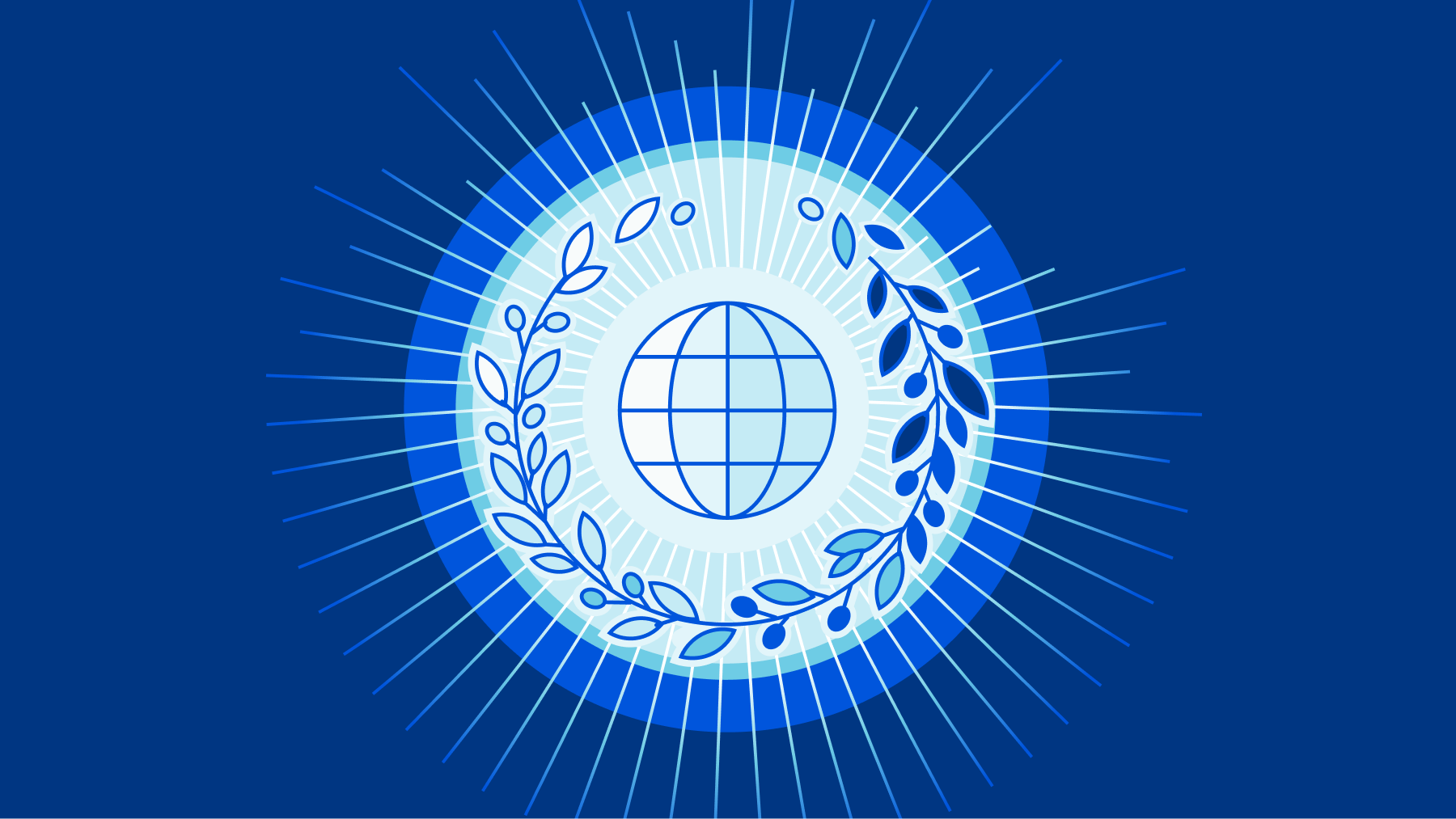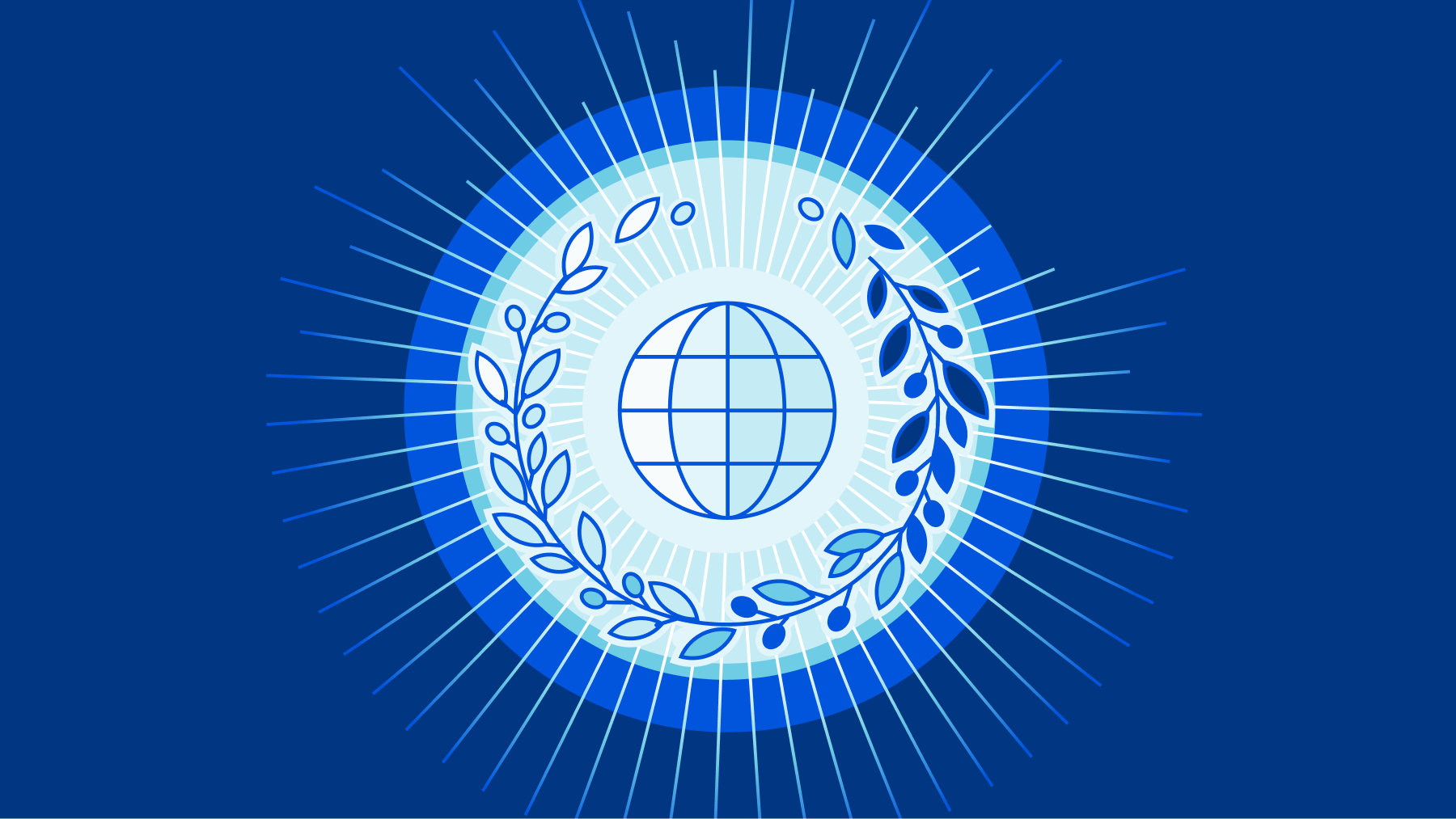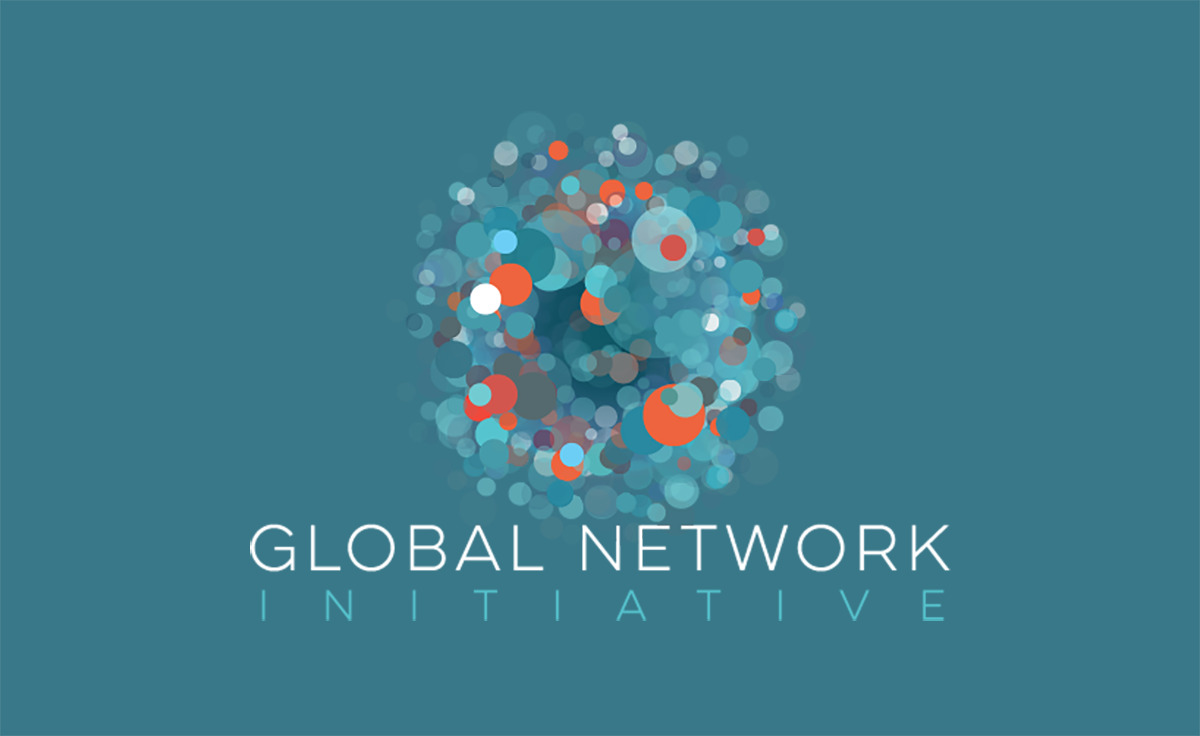Author Archives: Patrick Day
Author Archives: Patrick Day

This post is also available in 简体中文, 日本語, 한국어, Deutsch, Español and Français.

Since our founding, Cloudflare has helped customers save on costs, increase security, and boost performance and reliability by migrating legacy hardware functions to the cloud. More recently, our customers have been asking about whether this transition can also improve the environmental impact of their operations.
We are excited to share an independent report published this week that found that switching enterprise network services from on premises devices to Cloudflare services can cut related carbon emissions up to 96%, depending on your current network footprint. The majority of these gains come from consolidating services, which improves carbon efficiency by increasing the utilization of servers that are providing multiple network functions.
And we are not stopping there. Cloudflare is also proud to announce that we have applied to set carbon reduction targets through the Science Based Targets initiative (SBTi) in order to help continue to cut emissions across our operations, facilities, and supply chain.
As we wrap up the hottest summer on record, it's clear that we all have a part to play in understanding and reducing our carbon footprint. Partnering with Cloudflare Continue reading

This post is also available in 简体中文, Français and Español.

In July 2021, Cloudflare described that although we did not start out with the goal to reduce the Internet's environmental impact, that has changed. Our mission is to help build a better Internet, and clearly a better Internet must be sustainable.
As we continue to hunt for efficiencies in every component of our network hardware, every piece of software we write, and every Internet protocol we support, we also want to understand in terms of Internet architecture how moving network security, performance, and reliability functions like those offered by Cloudflare from on-premise solutions to the cloud affects sustainability.
To that end, earlier this year we commissioned a study from the consulting firm Analysys Mason to evaluate the relative carbon efficiency of network functions like firewalls, WAF, SD-WAN, DDoS protection, content servers, and others that are provided through Cloudflare against similar on-premise solutions.
Although the full report will not be available until next year, we are pleased to share that according to initial findings:
Cloudflare Web Application Firewall (WAF) "generates up to around 90% less carbon than on-premises appliances at low-medium traffic demand."
Needless to say, we Continue reading


In July 2021, Cloudflare committed to removing or offsetting the historical emissions associated with powering our network by 2025. Earlier this year, after a comprehensive analysis of our records, we determined that our network has emitted approximately 31,284 metric tons (MTs) of carbon dioxide equivalent (CO2e) since our founding.
Today, we are excited to announce our first step toward offsetting our historical emissions by investing in 6,060 MTs’ worth of reforestation carbon offsets as part of the Pacajai Reduction of Emissions from Deforestation and forest Degradation (REDD+) Project in the State of Para, Brazil.
Generally, REDD+ projects attempt to create financial value for carbon stored in forests by using market approaches to compensate landowners for not clearing or degrading forests. From 2007 to 2016, approximately 13% of global carbon emissions from anthropogenic sources were the result of land use change, including deforestation and forest degradation. REDD+ projects are considered a low-cost policy mechanism to reduce emissions and promote co-benefits of reducing deforestation, including biodiversity conservation, sustainable management of forests, and conservation of existing carbon stocks. REDD projects were first recognized as part of the 11th Conference of the Parties (COP) of the United Nations Framework Convention on Climate Change in Continue reading

Cloudflare is proud to announce the first 35,000 trees from our commitment to help clean up bad bots (and the climate) have been planted.

Working with our partners at One Tree Planted (OTP), Cloudflare was able to support the restoration of 20 hectares of land at Victoria Park in Nova Scotia, Canada. The 130-year-old natural woodland park is located in the heart of Truro, NS, and includes over 3,000 acres of hiking and biking trails through natural gorges, rivers, and waterfalls, as well as an old-growth eastern hemlock forest.
The planting projects added red spruce, black spruce, eastern white pine, eastern larch, northern red oak, sugar maple, yellow birch, and jack pine to two areas of the park. The first area was a section of the park that recently lost a number of old conifers due to insect attacks. The second was an area previously used as a municipal dump, which has since been covered by a clay cap and topsoil.

Our tree commitment began far from the Canadian woodlands. In 2019, we launched an ambitious tool called Bot Fight Mode, which for the first time fought back against bots, targeting scrapers and other automated actors.
Our Continue reading


Every year during Birthday Week, we talk about what we mean by our mission to help build a better Internet. We release support for new standards and products that help the global Internet community and give things like unmitigated DDoS Protection away for free. We also think about our role as an active participant in the global community of individuals, companies and governments that make the Internet what it is.
In 2020, we decided to formalize our commitment to being an active partner in the global community by joining the UN Global Compact (UNGC) as a signatory. We share the view that achievement of the Sustainable Development Goals set out in the UN Global Compact are the blueprint for a better and more sustainable future. Today, we are proud to release our first Communication on Progress, which describes how we are integrating UNGC principles across our company and as part of helping build a better Internet.
In 1999, then UN Secretary General Kofi Annan shared a sober message with business leaders gathered at the World Economic Forum in Davos. He argued that basic protections like human rights, environmental sustainability, and fair labor practices are Continue reading


As we announced this week, Cloudflare is helping to create a clean slate for the Internet. Our goal is simple: help build a better, greener Internet with no carbon emissions that is powered by renewable energy.
To help us get there, Cloudflare is making two announcements. The first is that we're committed to powering our network with 100% renewable energy. This builds on work we started back in 2018, and we think is clearly the right thing to do. We also believe it will ultimately lead to more efficient, more sustainable, and potentially cheaper products for our customers.
The second is that by 2025 Cloudflare aims to remove all greenhouse gases emitted as the result of powering our network since our launch in 2010. As we continue to improve the way we track and mitigate our carbon footprint, we want to help the Internet begin with a fresh start.
Finally, as part of our effort to track and mitigate our emissions, we're also releasing our first annual carbon emissions inventory report. The report will provide detail on exactly how we calculate our carbon emissions as well as our renewable energy purchases. Transparency is one of Cloudflare's core values. It's how Continue reading

Consistent with our mission to help build a better Internet, Cloudflare has long recognized the importance of conducting our business in a way that respects the rights of Internet users around the world. We provide free services to important voices online - from human rights activists to independent journalists to the entities that help maintain our democracies - who would otherwise be vulnerable to cyberattack. We work hard to develop internal mechanisms and build products that empower user privacy. And we believe that being transparent about the types of requests we receive from government entities and how we respond is critical to maintaining customer trust.
As Cloudflare continues to expand our global network, we think there is more we can do to formalize our commitment to help respect human rights online. To that end, we are excited to announce that we have joined the Global Network Initiative (GNI), one of the world's leading human rights organizations in the information and communications Technology (ICT) sector, as observers.
Understanding Cloudflare’s new partnership with GNI requires some additional background on how human rights concepts apply to businesses.
In 1945, following the end of World War II, 850 delegates Continue reading